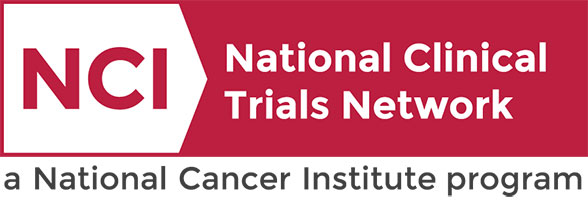Clinical Trials Search at Vanderbilt-Ingram Cancer Center
Comparing the Combination of Selinexor-Daratumumab-Velcade-Dexamethasone (Dara-SVD) with the Usual Treatment (Dara-RVD) for High-Risk Newly Diagnosed Multiple Myeloma
This phase II trial compares the combination of selinexor, daratumumab, Velcade (bortezomib), and dexamethasone (Dara-SVD) to the usual treatment of daratumumab, lenalidomide, bortezomib, and dexamethasone (Dara-RVD) in treating patients with high-risk newly diagnosed multiple myeloma. Selinexor is in a class of medications called selective inhibitors of nuclear export (SINE). It works by blocking a protein called CRM1, which may keep cancer cells from growing and may kill them. Daratumumab is in a class of medications called monoclonal antibodies. It binds to a protein called CD38, which is found on some types of immune cells and cancer cells, including myeloma cells. Daratumumab may block CD38 and help the immune system kill cancer cells. Bortezomib blocks several molecular pathways in a cell and may cause cancer cells to die. It is a type of proteasome inhibitor and a type of dipeptidyl boronic acid. Dexamethasone is in a class of medications called corticosteroids. It is used to reduce inflammation and lower the body's immune response to help lessen the side effects of chemotherapy drugs. Lenalidomide is in a class of medications called immunomodulatory agents. It works by helping the bone marrow to produce normal blood cells and by killing abnormal cells in the bone marrow. The drugs daratumumab, lenalidomide, bortezomib, dexamethasone and selinexor are already approved by the FDA for use in myeloma. But selinexor is not used until myeloma comes back (relapses) after initial treatment. Giving selinexor in the initial treatment may be a superior type of treatment for patients with high-risk newly diagnosed multiple myeloma.
Not Available
II
Baljevic, Muhamed
NCT06169215
VICC-NTPCL23525
MRD-Guided Sequential Therapy for Deep Response in Newly Diagnosed Multiple Myeloma - MASTER-2 Trial
Multiple Myeloma
Multiple Myeloma
Multiple Myeloma
II
Baljevic, Muhamed
NCT05231629
VICC-ITPCL23014
A Phase 3, Multicenter, Randomized, Open-Label Study of ABBV-383 Compared with Standard Available Therapies in Subjects with Relapsed or Refractory Multiple Myeloma (3L+ RRMM Monotherapy Study)
Not Available
III
Baljevic, Muhamed
NCT06158841
VICC-DTPCL23493
A Phase 3, Randomized, Open-Label Study to Compare the Efficacy and Safety of Anitocabtagene Autoleucel Versus Standard of Care Therapy in Participants With Relapsed/Refractory Multiple Myeloma
Not Available
III
Biltibo, Eden
NCT06413498
VICC-DTCTT23578
Testing the Use of Combination Therapy in Adult Patients with Newly Diagnosed Multiple Myeloma, the EQUATE Trial
Multiple Myeloma
Multiple Myeloma
This phase III trial compares the combination of four drugs (daratumumab-hyaluronidase, bortezomib, lenalidomide and dexamethasone) to the use of a three-drug combination (daratumumab-hyaluronidase, lenalidomide and dexamethasone) in patients with newly diagnosed multiple myeloma. Bortezomib may stop the growth of cancer cells by blocking some of the enzymes needed for cell growth. Chemotherapy drugs, such as lenalidomide, work in different ways to stop the growth of cancer cells, either by killing the cells, by stopping them from dividing, or by stopping them from spreading. Daratumumab-hyaluronidase is a monoclonal antibody that may interfere with the ability of cancer cells to grow and spread. Anti-inflammatory drugs, such as dexamethasone lower the bodys immune response and are used with other drugs in the treatment of some types of cancer. Adding bortezomib to daratumumab-hyaluronidase, lenalidomide, and dexamethasone may be more effective in shrinking the cancer or preventing it from returning, compared to continuing on a combination of daratumumab-hyaluronidase, lenalidomide, and dexamethasone in patients with newly diagnosed multiple myeloma.
Multiple Myeloma
III
Baljevic, Muhamed
NCT04566328
ECOGPCLEAA181


